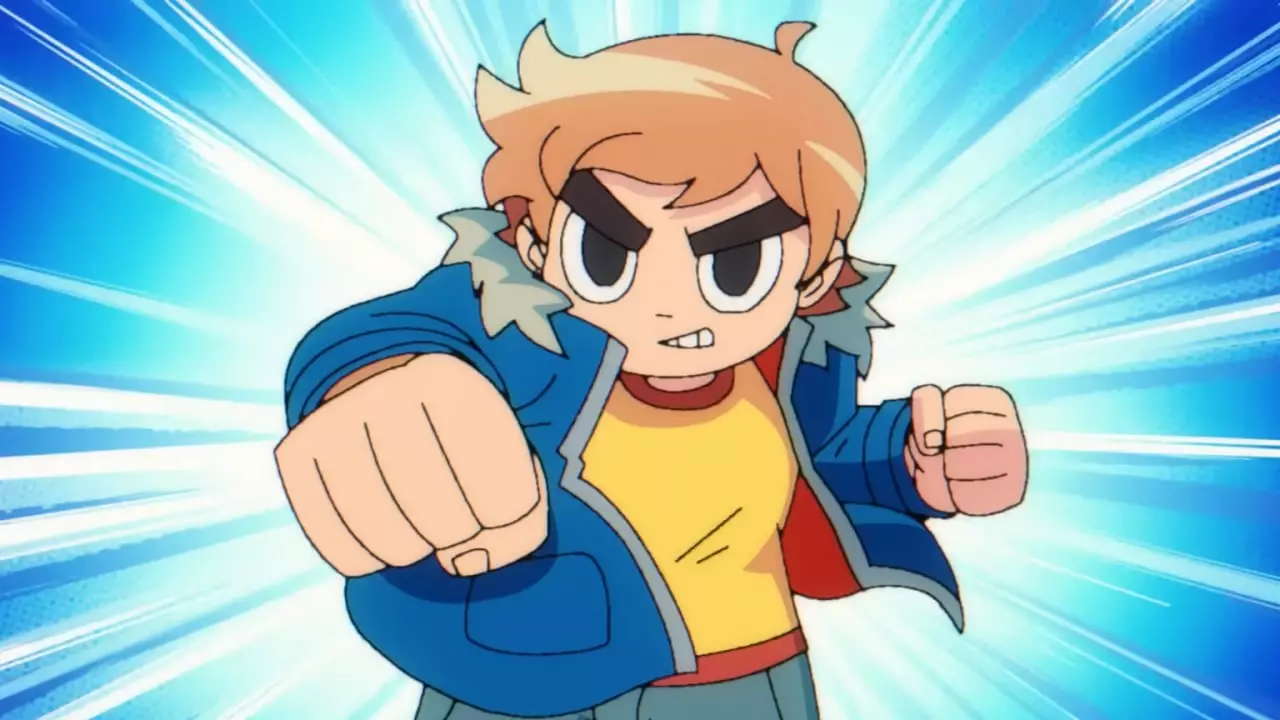The anticipation surrounding Scott Pilgrim EX marks a pivotal moment in gaming history, representing a daring reinvention of a beloved franchise. Tribute Games, in collaboration with Bryan Lee O’Malley and industry giants like Universal, is not merely remaking a game—they are redefining the experience of nostalgia for a new generation of players. This approach underscores a trend in contemporary gaming: blending the familiar with innovative mechanics and storytelling to invigorate classic IPs.
This renaissance is also emblematic of the broader cultural tendency to revisit and revitalize 80s and 90s aesthetics, a phenomenon that appeals deeply to both older fans and newcomers alike. The interactive medium allows for an immersive experience, transporting players into a stylized universe where action, humor, and character-driven narratives collide with modern technology. Tribute Games’ strategic partnership signals their confidence in the franchise’s enduring appeal, leveraging not just the game’s inherent popularity but also its cultural cachet.
Gameplay Innovations and Creative Directions
What truly sets Scott Pilgrim EX apart from its predecessors is its commitment to both nostalgic fidelity and progressive gameplay design. The trailer and promotional details reveal a game that is both homage and evolution—an exciting blend of classic 2D brawling mechanics infused with modern upgrades. Characters are empowered with customizable moves, upgradeable stats, and a suite of weapons, transforming the game into a personalized playground of chaos and creativity.
Moreover, the game’s setting—a warped Toronto overrun with demons, robots, and bizarre enemies—mirrors a trend toward hyper-stylized universes that challenge the boundaries of reality. With a storyline co-written by Bryan Lee O’Malley, players are led into a narrative that promises to dig deeper into the eccentric charm and quirks that made the original so compelling. The inclusion of co-op multiplayer adds a communal element, emphasizing the social aspect of fighting games while allowing players to craft signature combos and unleash explosive visual effects.
From a technical perspective, the partnership with pixel artist Paul Robertson and the return of Anamanaguchi to create a soundtrack marries authenticity with innovation. The game’s visual design is likely to evoke feelings of nostalgia through pixel art, yet the music’s energetic fusion of chiptune and rock elevates the experience, positioning Scott Pilgrim EX as a sensory feast. This synthesis of art, sound, and gameplay creates a multi-layered universe that can appeal broadly across demographics.
Physical Editions and Collector’s Appeal
The strategy to offer multiple physical editions through Limited Run Games exemplifies a keen understanding of the modern collector’s mindset. In an era where digital downloads dominate, providing tangible memorabilia—ranging from standard disks to deluxe boxes, artbooks, and character figurines—reinforces the game’s status as a cultural artifact. These editions serve not only as gaming products but as collector’s items that extend the franchise’s longevity and desirability.
The deluxe and ultimate editions, in particular, demonstrate a savvy approach to engaging hardcore fans. The inclusion of a comic by Bryan Lee O’Malley, a full soundtrack, and physical collectibles ensures that the game remains desirable beyond the digital realm. It’s an acknowledgment that in the modern gaming ecosystem, the experience is often complemented by owning and displaying physical artifacts, which foster a deeper emotional connection to the franchise.
The Broader Significance of Scott Pilgrim’s Return
In essence, Scott Pilgrim EX is more than just a game; it is emblematic of a larger cultural and industry shift towards revering past successes while daring to innovate. Its resurrection—through a beautiful blend of modern tech, nostalgic aesthetics, and layered storytelling—serves as a testament to how timeless narratives can be reformulated for future audiences.
This project exemplifies how beloved IPs can be revitalized by respecting their roots, partnering with original creators, and embracing cutting-edge design. It’s a case study in balancing reverence with reinvention, and if successful, could serve as a blueprint for how other classic franchises evolve in the competitive world of gaming. The bold steps taken by Tribute Games and their collaborators could very well define the future landscape of franchise revivals—where innovation meets respect and creates something truly unforgettable.

